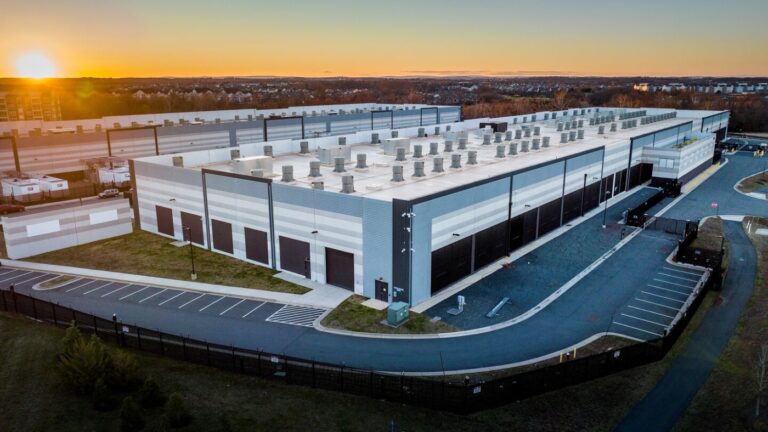
Amazon and NVIDIA have no plans to slow down the construction of data centres to support artificial intelligence workloads, executives from the two companies have declared. This comes as US President Donald Trump’s tariffs spark concerns that rising tech prices will reduce demand for AI.
Kevin Miller, Amazon’s vice president of global data centres, said “there’s been really no significant change” to the company’s plans at an energy conference by the Hamm Institute for American Energy, according to CNBC. “We continue to see very strong demand, and we’re looking both in the next couple years as well as long term and seeing the numbers only going up,” he said.
Josh Parker, NVIDIA’s senior director of corporate sustainability, also said that the leading chipmaker has not “seen a pullback” recently, according to CNBC. He added that, if anything, compute and energy demand are only expected to increase due to the rising everyday use of AI.
SEE: NVIDIA’s Vision For AI Factories – ‘Major Trend in the Data Center World’
Parker also described the energy market’s reaction to DeepSeek’s unprecedentedly efficient AI as “kneejerk.” When the Chinese AI company launched its powerful, low-cost R1 model, energy company stock prices plunged, as investors feared its technology would spread across the industry and significantly reduce future demand for data centre energy.
The reality is that DeepSeek’s model may not be as efficient as it first appeared. While it doesn’t require as much computational power or consume as much energy during training, the International Energy Agency found that the inference method it uses to generate responses consumes a significant amount of electricity.
Tariffs shake confidence in long-term AI data centre buildout
When President Trump announced new reciprocal tariffs on all countries with which the US shares a trade deficit earlier this month, it sent the stock prices of numerous tech giants plummeting. Investors feared global supply chain disruptions, increased production costs, and dampened demand for consumer electronics and AI infrastructure.
Since then, there have been indications that both Amazon and Microsoft are paring back their data centre commitments, which sparked Thursday’s comments from Miller and Parker. On Monday, a client note from Wells Fargo analysts said that Amazon Web Services had “paused a portion of its leasing discussions on the colocation side,” according to CNBC. The company is expected to spend approximately $26.3 billion per quarter in 2025, bringing the capital expenditures total to over $100 billion for the year, largely driven by investments in AI.
SEE: Power Shortages Stall Data Centre Growth in UK, Europe
But Miller wrote in a LinkedIn post on Tuesday that he “continue(s) to see strong demand for both Generative AI and foundational workloads on AWS” and that “there haven’t been any recent fundamental changes in our expansion plans.” Nevertheless, he admitted the company is prepared for fluctuations.
Earlier this month, Noelle Walsh, the president of Microsoft’s cloud operations, wrote on LinkedIn that the cloud giant was “slowing or pausing some early-stage (data centre) projects.” This came after reports from investors in February that Microsoft had walked away from several AI data center lease agreements.
“It does appear like the hyperscalers are being more discerning with leasing large clusters of power, and tightening up pre-lease windows for capacity that [would] be delivered before the end of 2026,” the Wells Fargo analysts wrote, as per CNBC.
Before the tariff announcements, many companies had been announcing plans to build new facilities within the US. In March, TSMC pledged to expand its spend on building data centres in the country to $160 billion, which it deems the “largest single foreign direct investment in US history.”
In January, the Stargate project was launched, which saw companies including SoftBank, OpenAI, and Oracle dedicate $500 billion to generative AI infrastructure in the US. The same month, Microsoft also announced plans to spend $80 billion on AI-enabled data centres in 2025.

